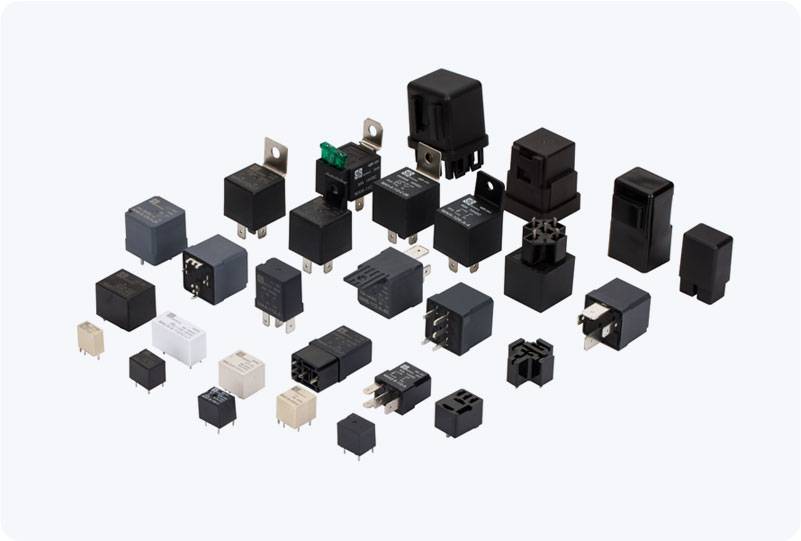understanding low voltage dc relay: applications, features, and benefits
Release time:2025-08-28 06:43:12
A Low Voltage DC Relay is an essential component in the world of electrical and electronic circuits, especially when working with low-voltage direct current (DC) systems. These relays are designed to act as electrical switches, enabling or disabling circuits without direct human interaction. Their ability to control high-power electrical loads through a low-power signal makes them invaluable in a variety of industries, ranging from automotive to industrial automation. In this article, we will delve into the working principles, applications, features, and advantages of Low Voltage DC Relays.

What is a Low Voltage DC Relay?
A Low Voltage DC Relay is a device that allows you to control a DC circuit using a low-voltage control signal. Essentially, it uses an electromagnetic mechanism to open or close contacts within a circuit, thereby controlling the flow of electricity. When current flows through the coil of the relay, it creates a magnetic field that moves the armature, switching the contacts from open to closed (or vice versa). Once the current is turned off, the contacts revert to their original state, either opening or closing the circuit.
These relays are widely used in low-voltage DC applications due to their ability to switch DC circuits without the need for manual intervention. The low-voltage design makes them highly suitable for applications in devices powered by batteries, small motors, or power supplies with relatively low current requirements.

